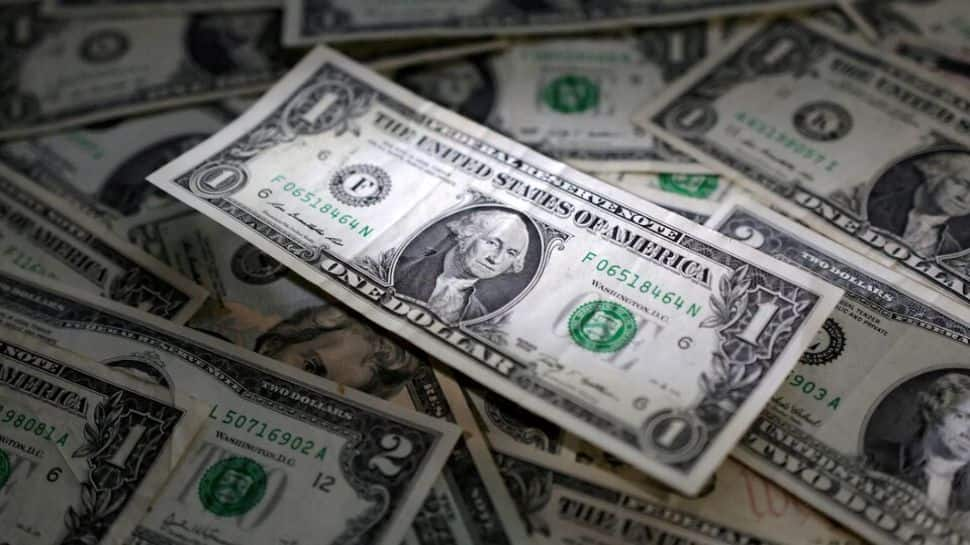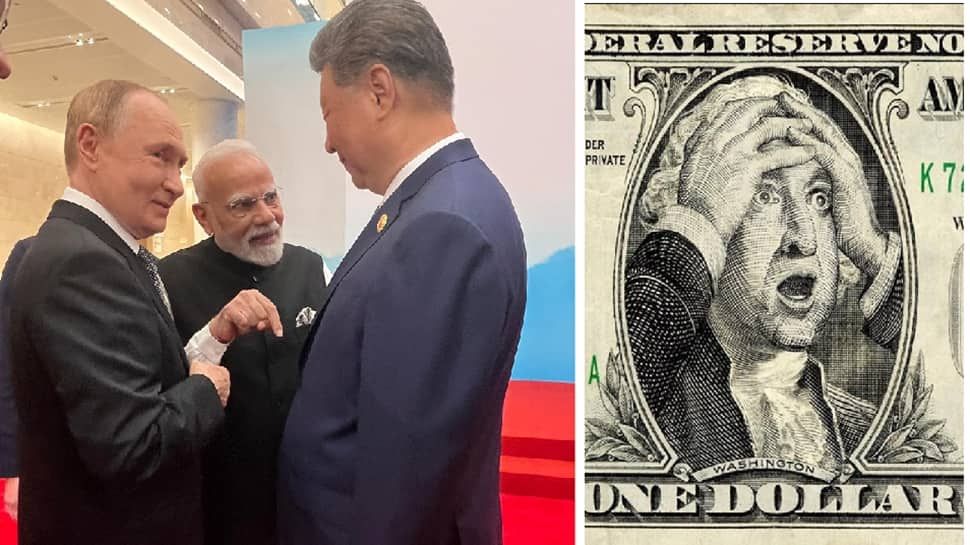As India prepares to assume the leadership of BRICS in 2026, the bloc is solidifying its position as a major…
Browsing: US Dollar
A significant geopolitical and economic signal was sent with Russian President Vladimir Putin’s recent visit to India, his first since…
The long-standing reign of the US dollar as the world’s primary reserve and trade currency is facing an unprecedented challenge.…
Donald Trump has announced that the BRICS group of nations will face an additional 10% tariff on their goods. He…





